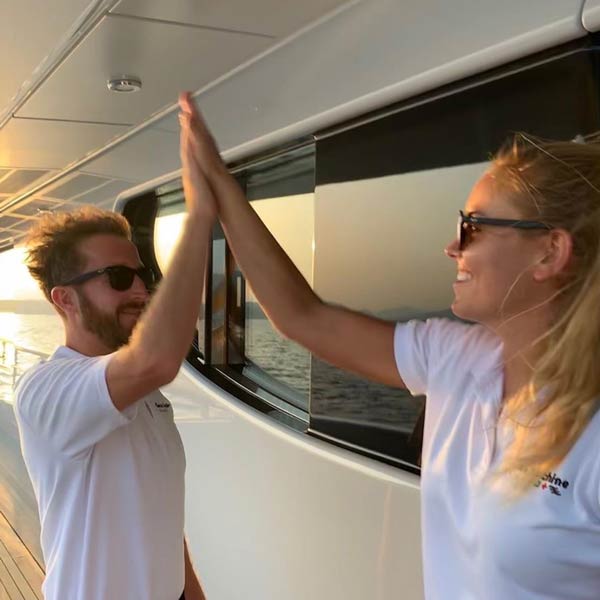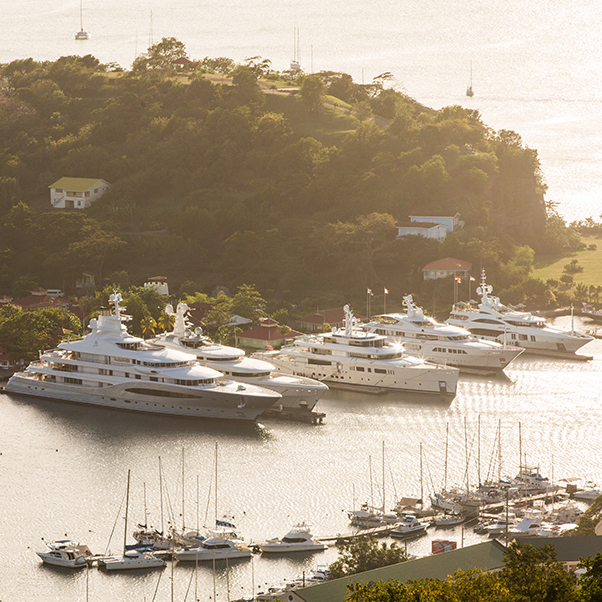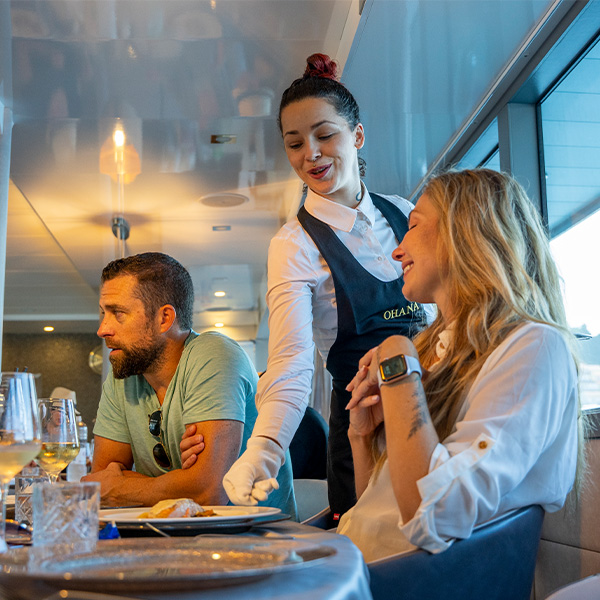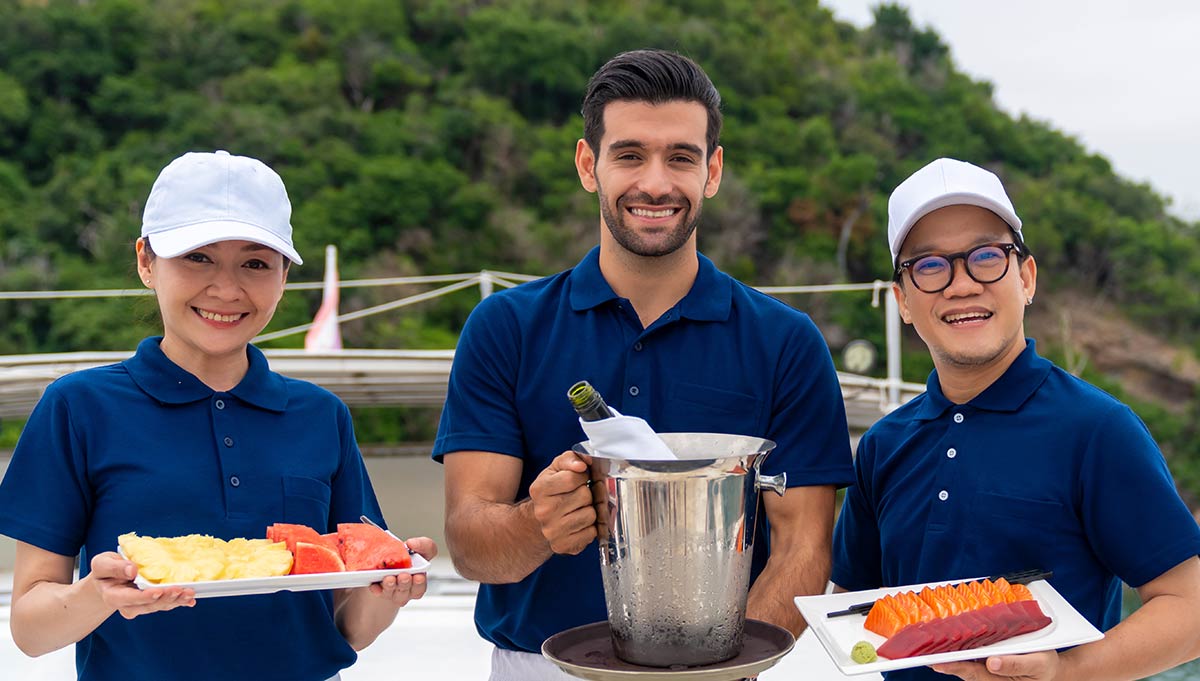

Breaking Barriers on the High Seas
As yachting starts to illuminate its doors of opportunity to non-traditional talent pools, an increasing number of industry professionals like captain Craig Thurlbourn are standing up to help that new talent through.
For Craig Thurlbourn, the yachting industry has offered opportunities he couldn’t imagine when he first went to sea aged 16. Now, as a highly experienced captain of yachts over 100 metres in length – truly the giants of the fleet – he can’t wait to help hold open the doors for a new stream of potential talent. He is the living proof that both dispels the myth that yachting is the preserve of privilege and highlights the conscientiousness of the new crew and management generation.
“My parents were essentially working class,” Thurlbourn says, “and I left school and went to sea at 16 on large container ships to do my cadetship. I’d never heard of superyachts – I think I’d seen a 45-metre yacht in the container port in Singapore, but that was about my exposure, a couple of photographs of a novelty.” Aged 21, Thurlbourn was looking for a job on a cruise liner but, being just before the big recession, there were no vacancies. His college housemate had managed to get a job on a yacht based out of Nice, and told Thurlbourn about the white boats in the South of France, so he headed down and did some dock-walking. “I wore a suit, to the amazement of my crew house comrades who were walking around in flip-flops and board shorts,” Thurlbourn laughs, “but I said, well, I’m hoping to get a job on a superyacht and I should dress appropriately!”
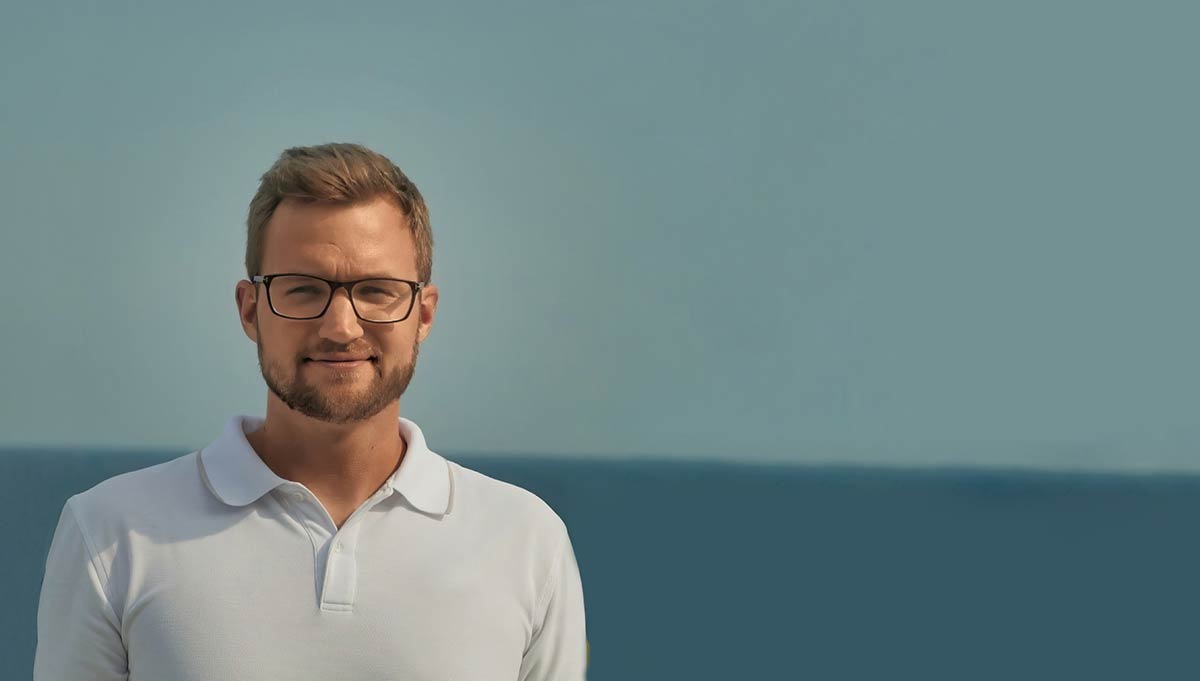
Captain Craig Thurlbourn

Captain Craig Thurlbourn
He did land a job as a deckhand and worked on his first yacht for a year, then joined the iconic 92-metre yacht Tatoosh, which was owned by the late Microsoft co-founder and ocean philanthropist Paul Allen. “I stayed there for 10 years, working my way up through the ranks,” Thurlbourn remembers. “They put me through my yacht qualifications and there were some really inspirational guys and girls working on there who I learnt a lot from. But it was dead man’s boots, and I’d made it to Chief Officer, and I realised I had to move on so I left that crew family behind. I wound up with my first command – motoryacht A.”
It was during his time as Captain of MY A – another absolute icon of the fleet – that Thurlbourn first met Margarita Amam, while the yacht was in a yard in Spain and she was on board compiling the interior standard operating procedures for the yacht under her company IMS. It was a meeting that would spark an ongoing friendship and, ultimately, a meeting of the minds with Thurlbourn – who is now captain on a different 100-metre-plus yacht – agreeing to become a mentor for Amam’s Grit Unlocked project, which aims to open the doors of the yacht industry to talent from non-traditional talent pools such as Africa and India.
It’s something that struck a chord with Thurlbourn both because of his own background, and because of the large and diverse crews he works with on the largest yachts in the fleet, which can easily have 30, 40, or even 50 or more crew on board. “Along with my rotating partner Captain and the Heads of Department on board, we’re always mindful of not having an ethnic majority on board,” he says. “The most harmonious yacht crews are generally the ones where no one is really in the majority and there’s no big cultural dominance. That doesn’t mean we actively look to secure people from certain ethnic backgrounds, but it does mean we will try interview candidates from different parts of Europe or the world if a department has a critical mass of one nationality.”
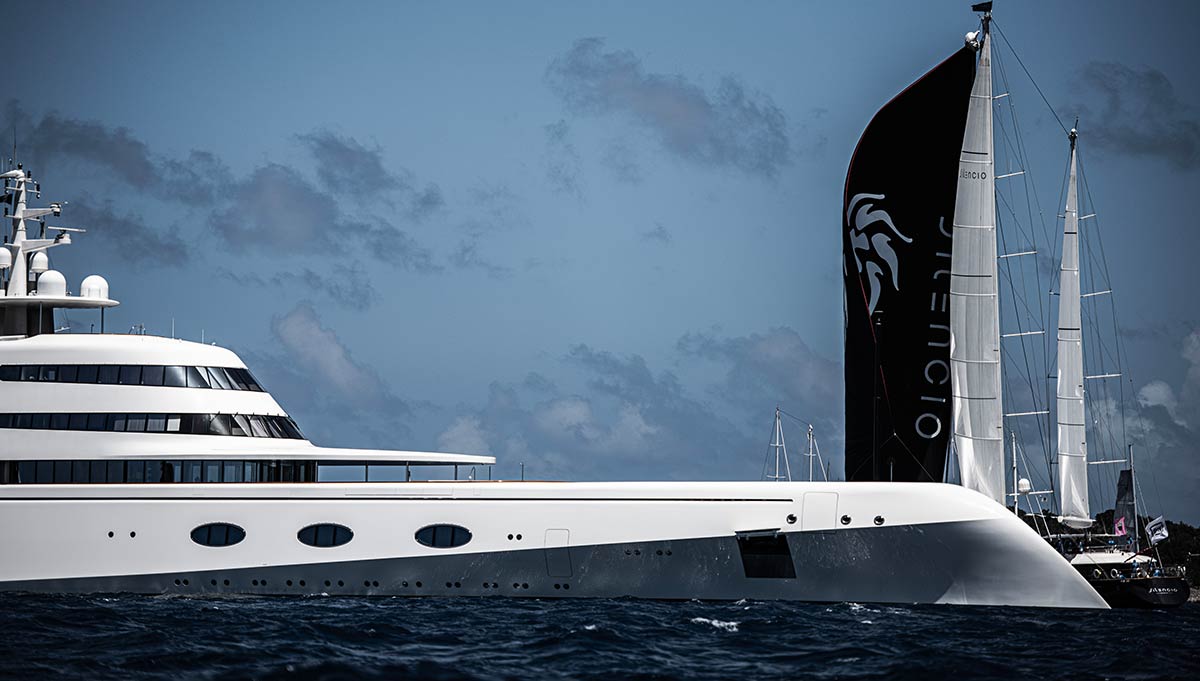
motoryacht A

motoryacht A
Recruiting diversity has in fact proved a boon in the past for practical reasons – when MY A embarked on a year-long cruise of Japan, for example, they recruited a Japanese purser when a vacancy came up before heading there. “It was a bit of a challenge to make that happen,” Thurlbourn says, “but having a native speaker really helped, also with the authorities, and we actually hired another couple of Japanese crew members as well.”
While it certainly has practical advantages, Thurlbourn admits that bringing in different ideas and cultures into the professional side of yachting in general is a bit untried and untested but, he says, if the industry is not looking to try new methods to improve service and the environment for guests then it’s not doing its seven-star-service job. “I definitely want to explore this further,” he enthuses. “And I’m also in general interested in being a mentor – it was actually ACREW who suggested I might consider it. Moreover, the company I currently work for suggested their top-level executives such as the Director and Finance Director could mentor me – it’s a two-way thing, and even as a captain you never stop learning.”
It all coalesced when Thurlbourn got together with Amam and some other people at the Monaco Yacht Show in September 2022. “I see that people like Margarita are pioneers in this sort of drive,” he says, “and I think if we got a bit proactive with it, we could reap some rewards. Because one of the things that has changed in superyachting in the past 10 years is that yacht guests themselves have become a lot more diverse, and what they want to do has become a lot more diverse. They don’t just want to sit in the South of France or the Caribbean – they want to visit South America and East Asia, and southern and eastern Africa, and the Indian Ocean. So it follows that the crew should also become a little more diverse, and I think that’s going to benefit people.”
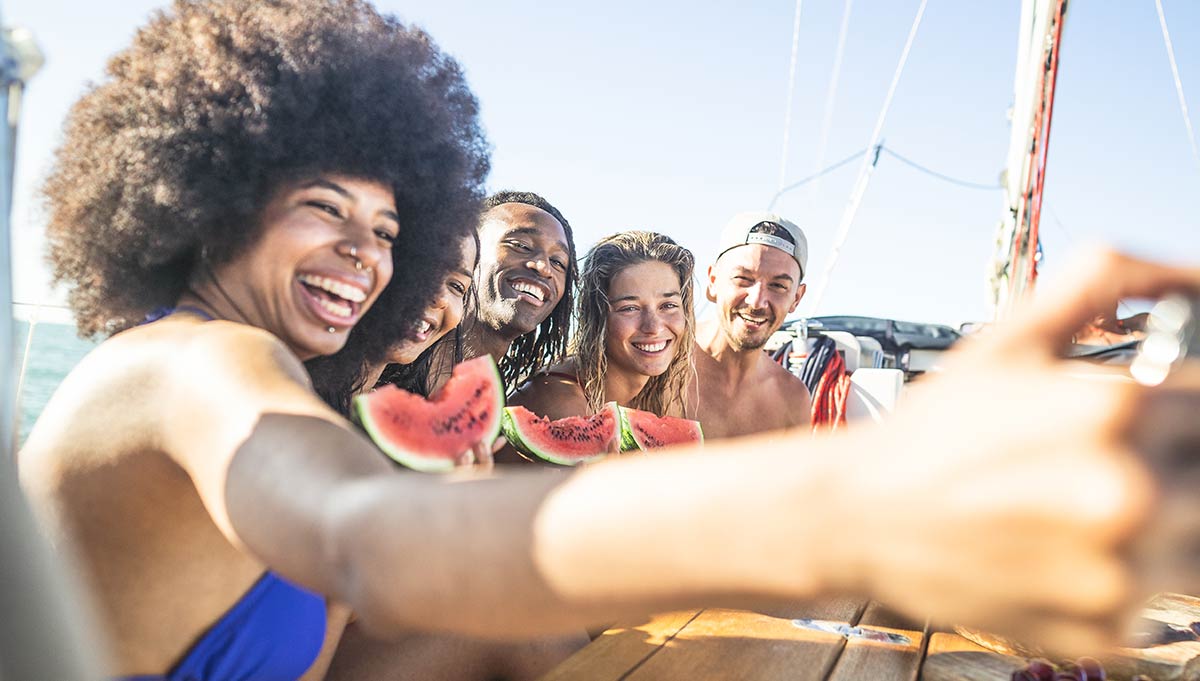

As Thurlbourn points out, until Amam launched Grit no one had tried opening the door to yachting to people from new regions. “There are people from different parts of the world who work super hard and really push themselves to achieve more and to go the extra mile,” he says. “I think that’s the nub of it. It’s not just about seeing different colours and faces in a photo, it’s about finding people who are really fired up and committed and grateful even to be a part of this industry. It’s something I can relate to because of my own background. Yachting can really help you elevate you and your family’s position and stability in life. Those people bring fresh energy to the industry. And Grit is putting a lot of effort into sourcing the right candidates with the right attitude – it’s not a free-for-all. So I’m quite interested to see what talent there is and to be a part of training up the future generation of yachting.”
It is Thurlbourn’s firm belief that the superyacht industry as a whole is made up of conscientious people; the problem isn’t that people actively put up barriers, but that even when the door is open it’s difficult for people to walk through it when they are from non-typical places because they just don’t hear about the yacht industry. “I think what Grit does is show people where the door is and then people can walk through on their own ability and competence,” he concludes. “I’m really happy to support that by mentoring people. I hope we can get a few candidates on boats as a result and spread the good word around the wider world – it is the future, so we might as well be a part of it.”

